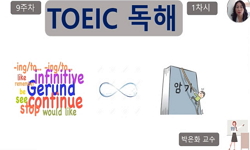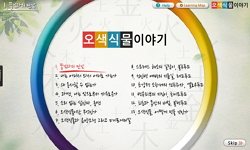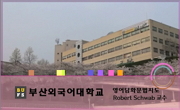The book of The NIHONSHOKI was completed in AD.720 years. This book is regarded as the first written history book of Japan form the origin tale to the Jito Tenno emperor. Because it is a history book, there are presented various kinds of people and ma...
http://chineseinput.net/에서 pinyin(병음)방식으로 중국어를 변환할 수 있습니다.
변환된 중국어를 복사하여 사용하시면 됩니다.
- 中文 을 입력하시려면 zhongwen을 입력하시고 space를누르시면됩니다.
- 北京 을 입력하시려면 beijing을 입력하시고 space를 누르시면 됩니다.
https://www.riss.kr/link?id=A106004080
- 저자
- 발행기관
- 학술지명
- 권호사항
-
발행연도
2018
-
작성언어
Japanese
-
주제어
NIHONSHOKI ; 言 ; Usage ; Utterance quotations ; Hierarchical relationship ; 日本書紀 ; 言 ; 用法 ; 発話引用 ; 上下関係
-
등재정보
KCI등재
-
자료형태
학술저널
-
수록면
205-224(20쪽)
- 제공처
-
0
상세조회 -
0
다운로드
부가정보
다국어 초록 (Multilingual Abstract)
The book of The NIHONSHOKI was completed in AD.720 years. This book is regarded as the first written history book of Japan form the origin tale to the Jito Tenno emperor. Because it is a history book, there are presented various kinds of people and many contents to describe speech act of the characters of the people in the book. To deal with the characters’ speech act there are used of many kinds of Kanji notations such as “曰․言․云․謂”. Even though they is letter to express the meaning of “say”, the writer would have chosen the kanji according to certain criteria. In this article, we firstly outlined the use of situation of “言”, and then focusing on the examples used for utterance quotations considered three angles of the usage of “言” which are the form of utterance citation, the subject who spoke and the vertical relationship between the spoken subject and the object. We also examined how the usage of “言” differs from ‘曰’ which is already discussed. “言” are used as verbs and nouns, when “言” used as verbs can be further categorized into quotations and epics. However there is not found as noun and epic in the usage of “曰”. “言”. For Conversation quotation “言” is not used in quoting the emperor's utterance, but “曰” has no such restriction. “言” is used for quoting conversation to a superior person. but “曰” is used for quoting conversation to Same level and inferior person.
목차 (Table of Contents)
- 1. はじめに
- 2. 先行研究
- 2.1 辞書による意味と用法
- 2.2 中国の先行研究
- 2.3 日本の先行研究
- 1. はじめに
- 2. 先行研究
- 2.1 辞書による意味と用法
- 2.2 中国の先行研究
- 2.3 日本の先行研究
- 3. 「言」の使用概観
- 4. 発話引用の「言」
- 4.1 発話引用形式
- 4.2 発話主体の角度から
- 4.3 発話主体と発話対象の上下関係
- 5. おわりに
- 参考文献
- 논문초록
동일학술지(권/호) 다른 논문
-
지역사회 개선을 위한 방법론으로서의 CBPR에 대한 메타적 고찰 -한국과 일본의 연구사례를 통하여-
- 동북아시아문화학회
- 류영진
- 2018
- KCI등재
-
19세기 말 메이지 일본 신문에 드러난 조선 사절단의 모습
- 동북아시아문화학회
- 이효정
- 2018
- KCI등재
-
关联副词“也”的语序偏误及语言迁移影响 -以韩国汉语学习者为例-
- 동북아시아문화학회
- 유준방
- 2018
- KCI등재
-
- 동북아시아문화학회
- 박경자
- 2018
- KCI등재





 eArticle
eArticle





